Winter is chicory season.
Chicories are the often-labeled bitter greens, which include radicchio, endive, puntarelle, and escarole. Bunches and heads of chicory are prolific throughout the season, difficult to miss with their with dramatic frilly, spiky, and cone-headed leaves. And while their bitterness can be off-putting to some, at winter’s peak, chicories are crisp, juicy, nutty, and mildly sweet—all qualities that pleasantly balance their natural bitterness.
And they are healthy to boot. Fiber-rich and loaded with vitamins C, B, and K, and nutrients such as iron, zinc, copper, and potassium, chicories are the cold season warriors that will fight to keep you healthy throughout the winter.
The best way to approach these robust greens is to pair them with equally assertive yet balancing ingredients. A general rule to building good flavor is to strike a balance between bitter, sweet, sour, and heat. So check those other flavor boxes when smoothing chicory’s bitterness, and be confident that it can handle it.
For instance, when eating fresh chicory leaves, mound them in salads with equally hefty greens and crucifers, such as kale, red cabbage, and spinach. Garnish them with dried fruit, nuts, and seeds, and finish with sweet and sharp dressings such as a rich balsamic-Dijon vinaigrette or a lemony-anchovy dressing.
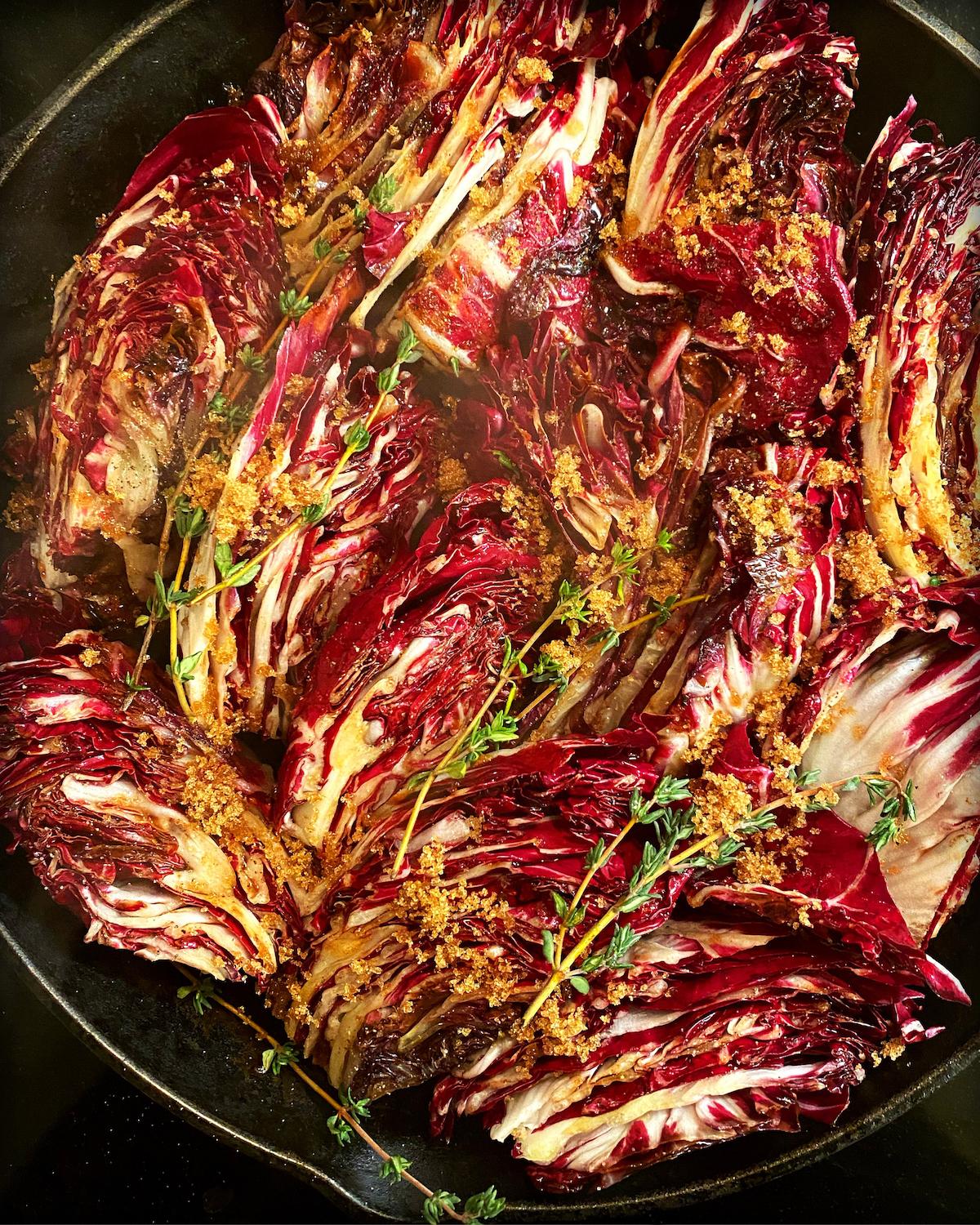
When cooking chicories, sauté, roast, or braise them to temper their bitterness. Cook and season them with flavorful stocks, vinegar, or citrus, and a little sugar or honey for a rounded and flavorful effect.
This is my favorite way to cook purple- and red-leafed radicchio. Radicchio’s sturdy head holds up well to braising (and grilling and sautéing; you get the picture). The balsamic vinegar is a great foil. It’s fruity, rich, and sharp, and, when cooked, the vinegar reduces to a rich sweet-and-sour syrup that shellacs the wilted radicchio wedges.
Balsamic Braised Radicchio
Active Time: 40 minutes Total Time: 40 minutes- 4 medium-large heads radicchio
- 2 tablespoons extra-virgin olive oil
- 1 teaspoon kosher salt, plus more as needed
- 1/2 teaspoon freshly ground black pepper, plus more as needed
- 1/3 cup balsamic vinegar
- 1/4 cup chicken stock, mushroom stock, or water
- 2 tablespoons packed light brown sugar
- 3 to 4 thyme sprigs
Heat the oil in a large skillet with a lid over medium heat. Arrange the wedges, cut sides down, snugly in the skillet. Cook until slightly colored, 2 to 3 minutes. Using tongs, turn the wedges so that the other cut side is down in the skillet. Season with the salt and black pepper and cook until slightly colored, about 2 minutes more.
Pour the balsamic vinegar over the radicchio and then pour the chicken stock over it. The pan should be about 1/2-inch full of liquid. Top off with additional balsamic or stock if needed. Sprinkle the brown sugar evenly over the radicchio and then scatter the thyme sprigs in the skillet.
Partially cover the skillet and simmer over medium-low heat until the radicchio is crisp-tender when pierced with a knife through the base, 12 to 15 minutes, carefully turning the wedges once or twice. Remove the cover and continue to simmer until the radicchio is soft, 5 to 7 minutes more, turning once or twice to evenly coat and cook.
Using tongs, transfer the radicchio to a serving dish, gently squeezing any excess liquid back into the skillet. Continue to simmer the braising liquid until reduced to a syrupy consistency, 5 to 6 minutes. Discard the thyme sprigs and taste for seasoning. You may need to add a little more salt and black pepper. There should be a balance of sweet, salt, bitter, and the kick of black pepper in the flavor.
Drizzle the syrup over the radicchio and serve warm.

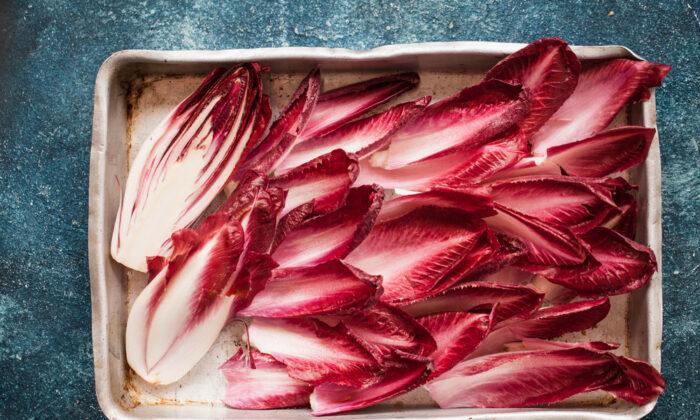

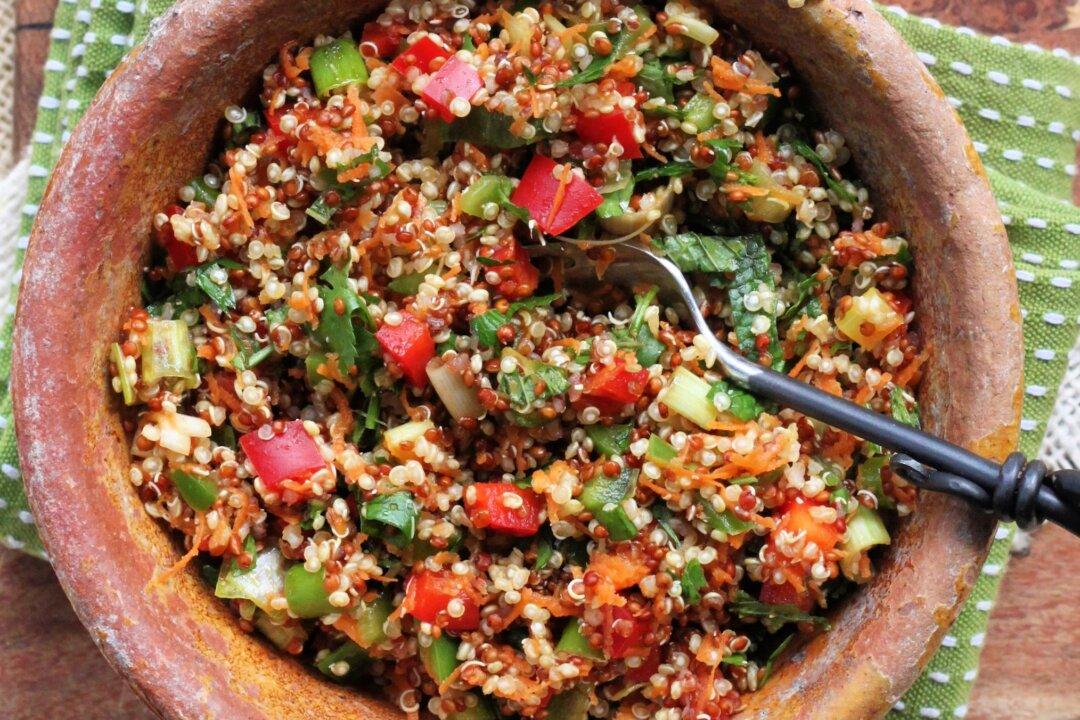
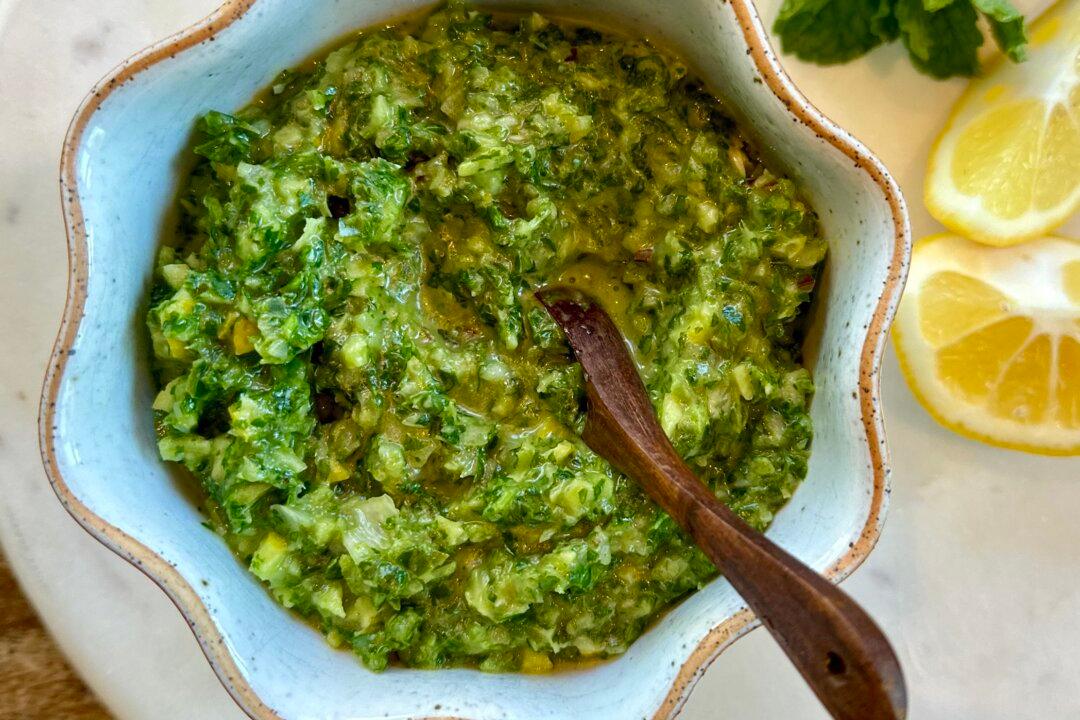
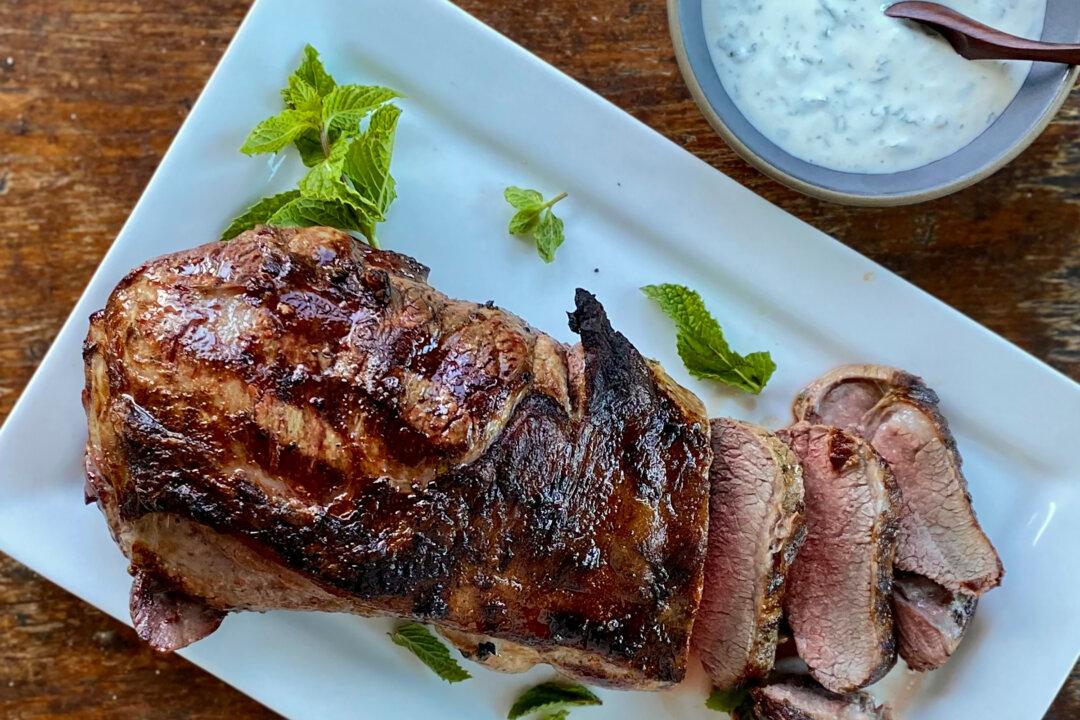
Friends Read Free